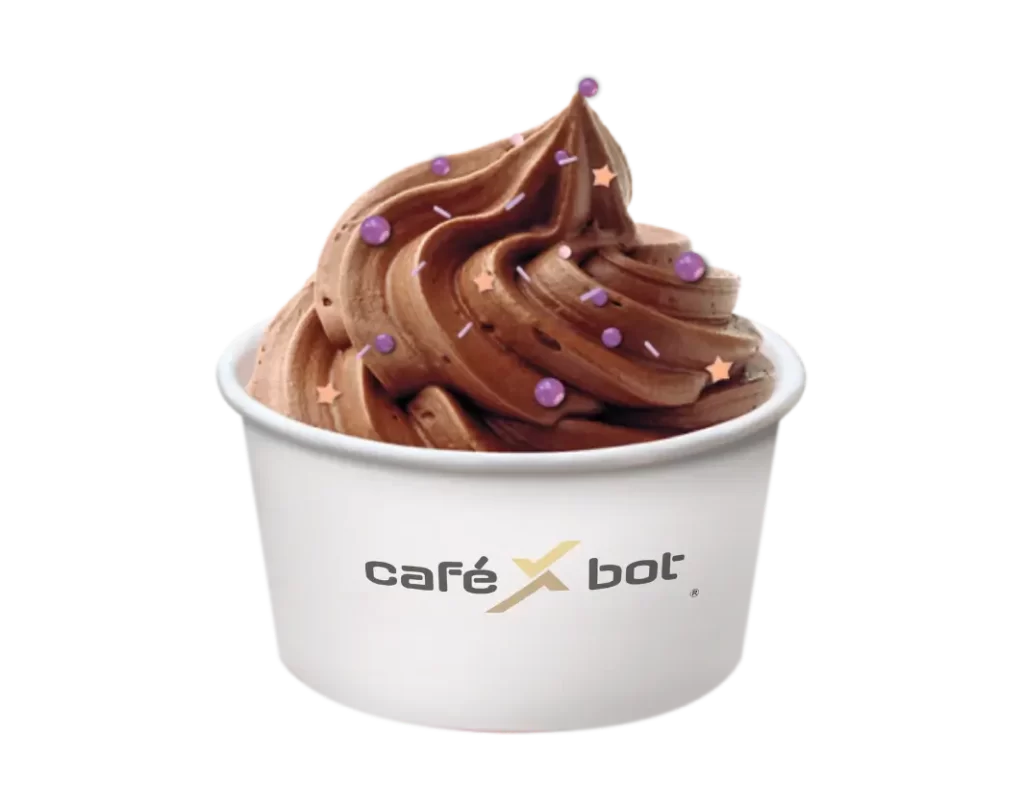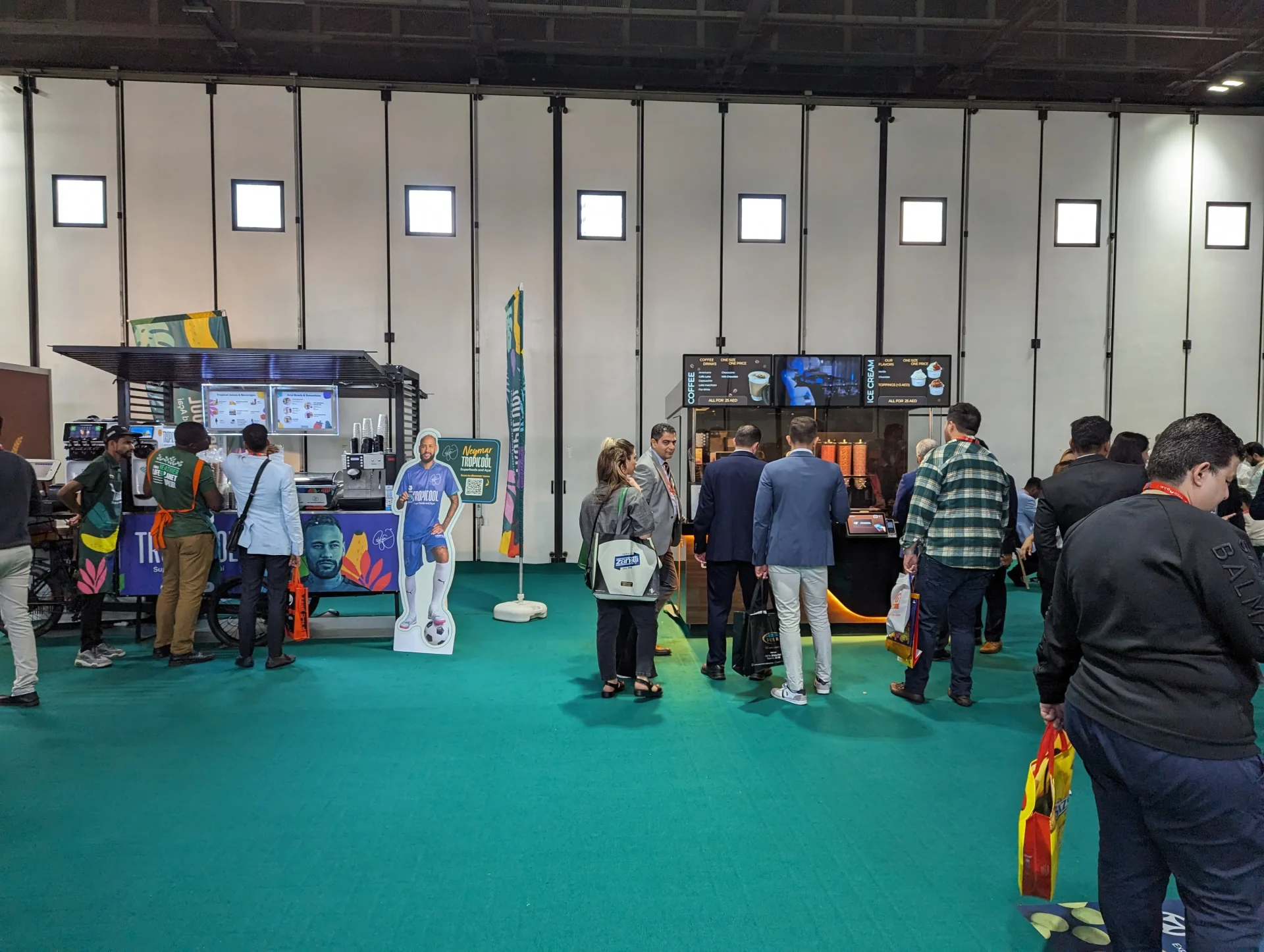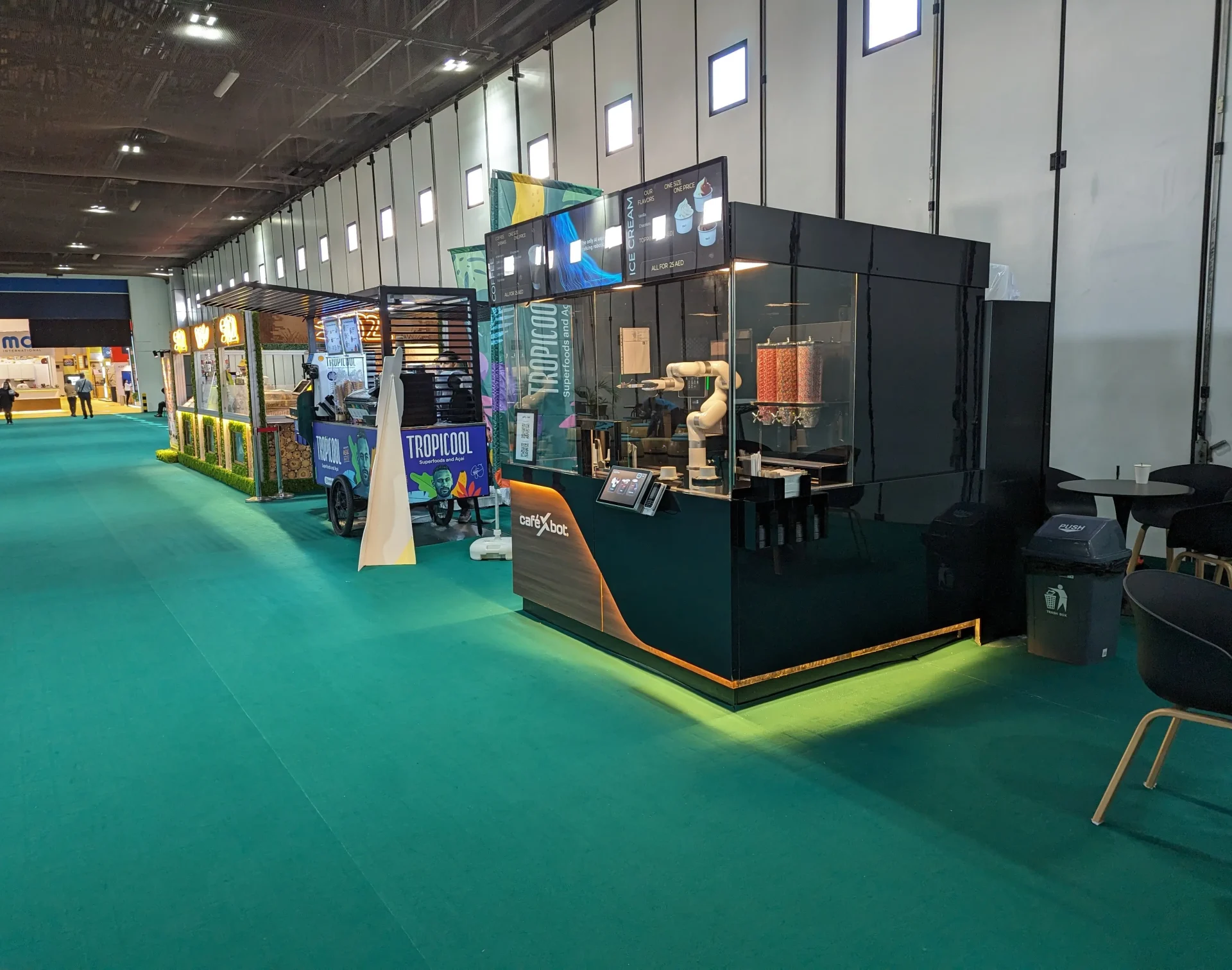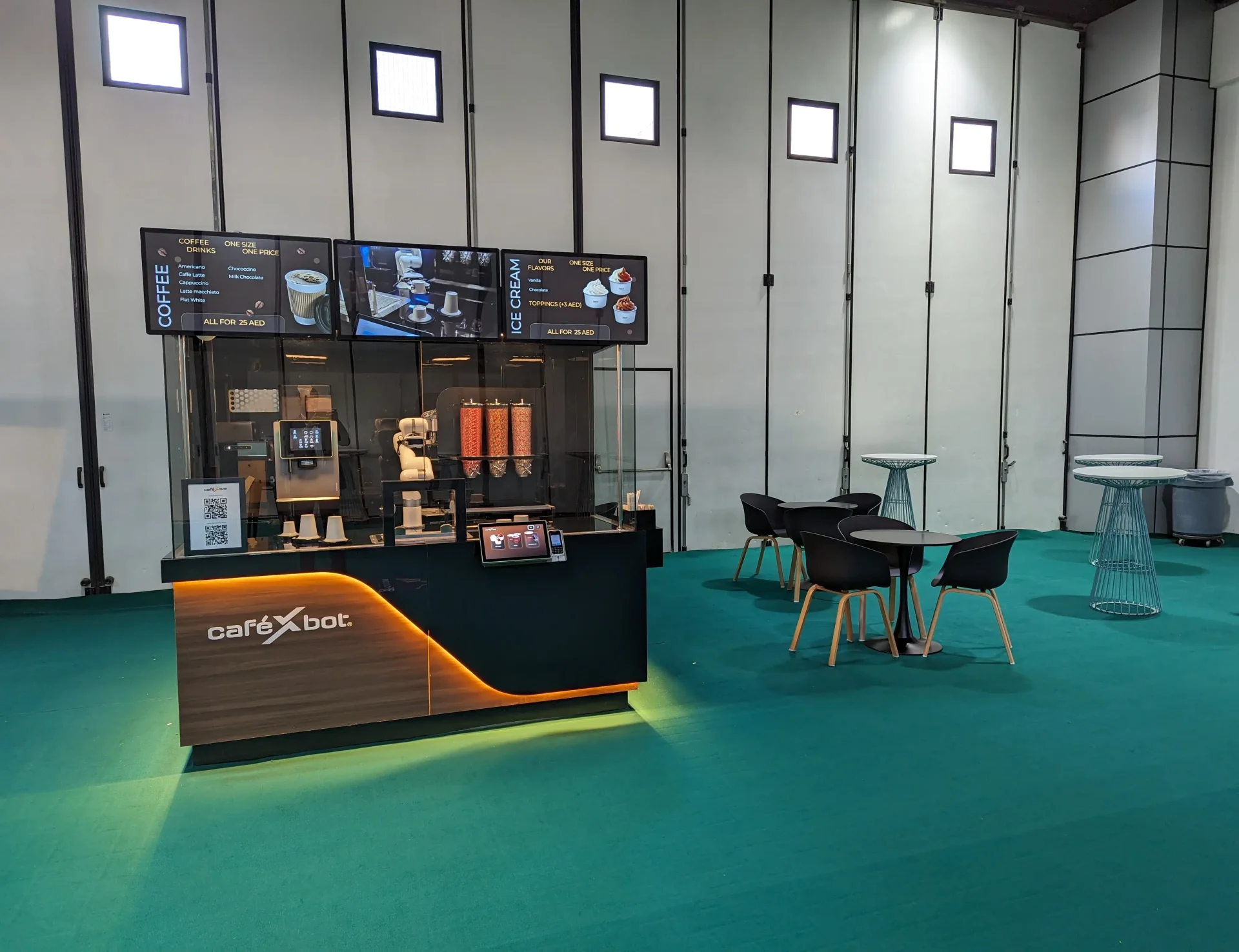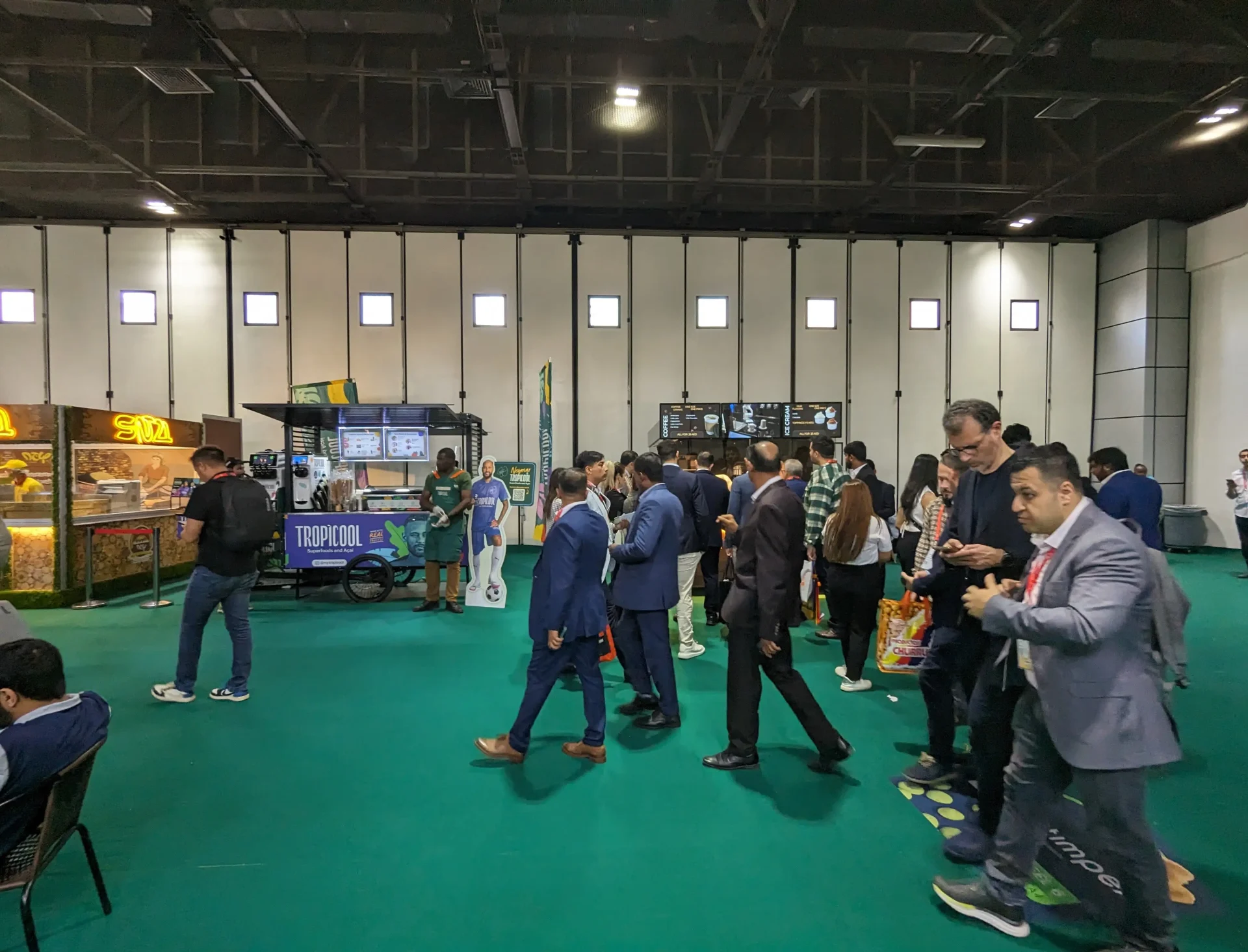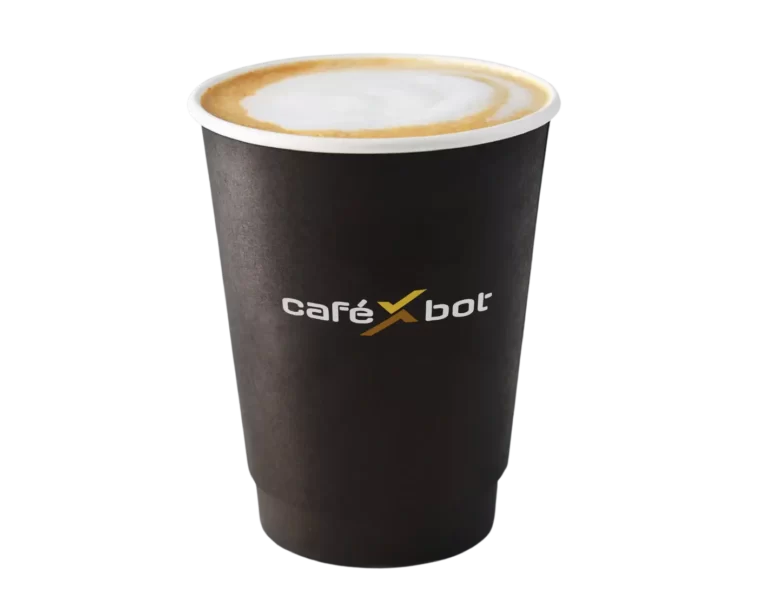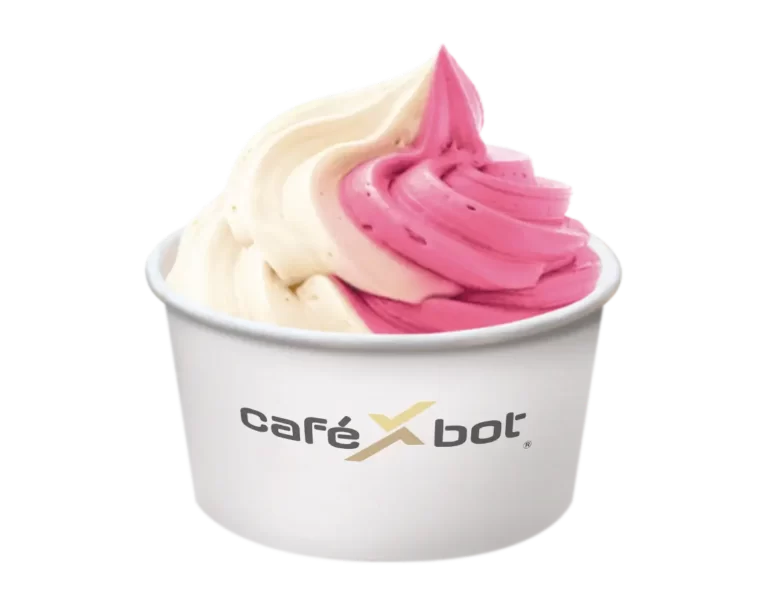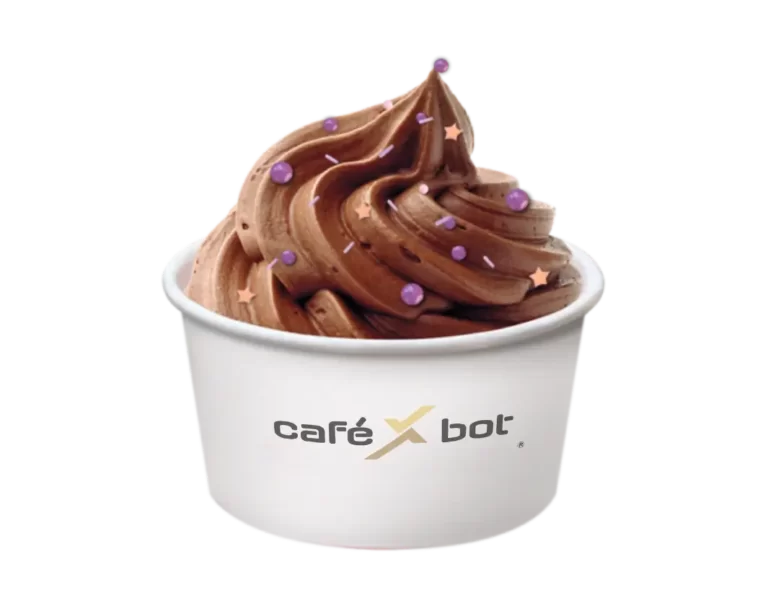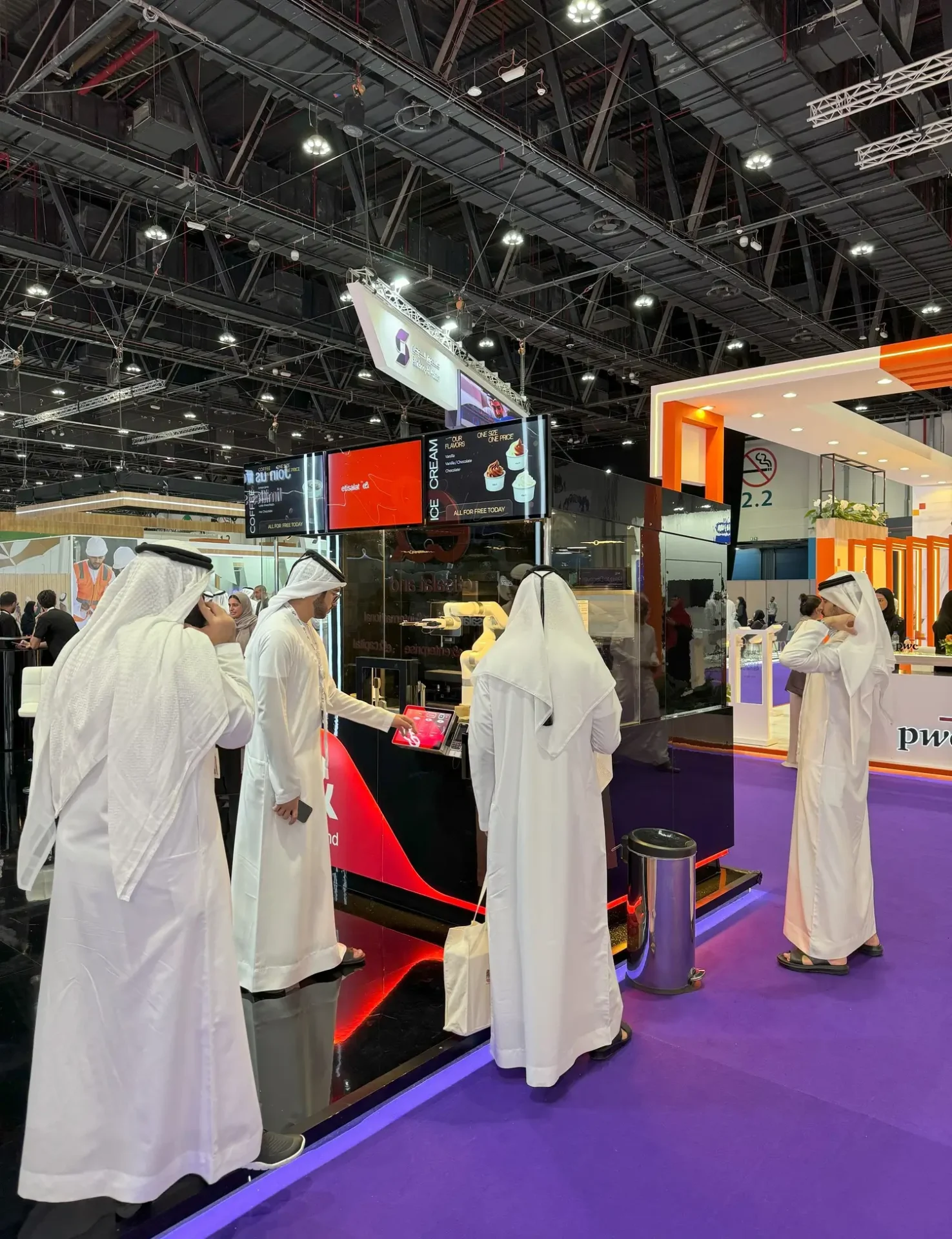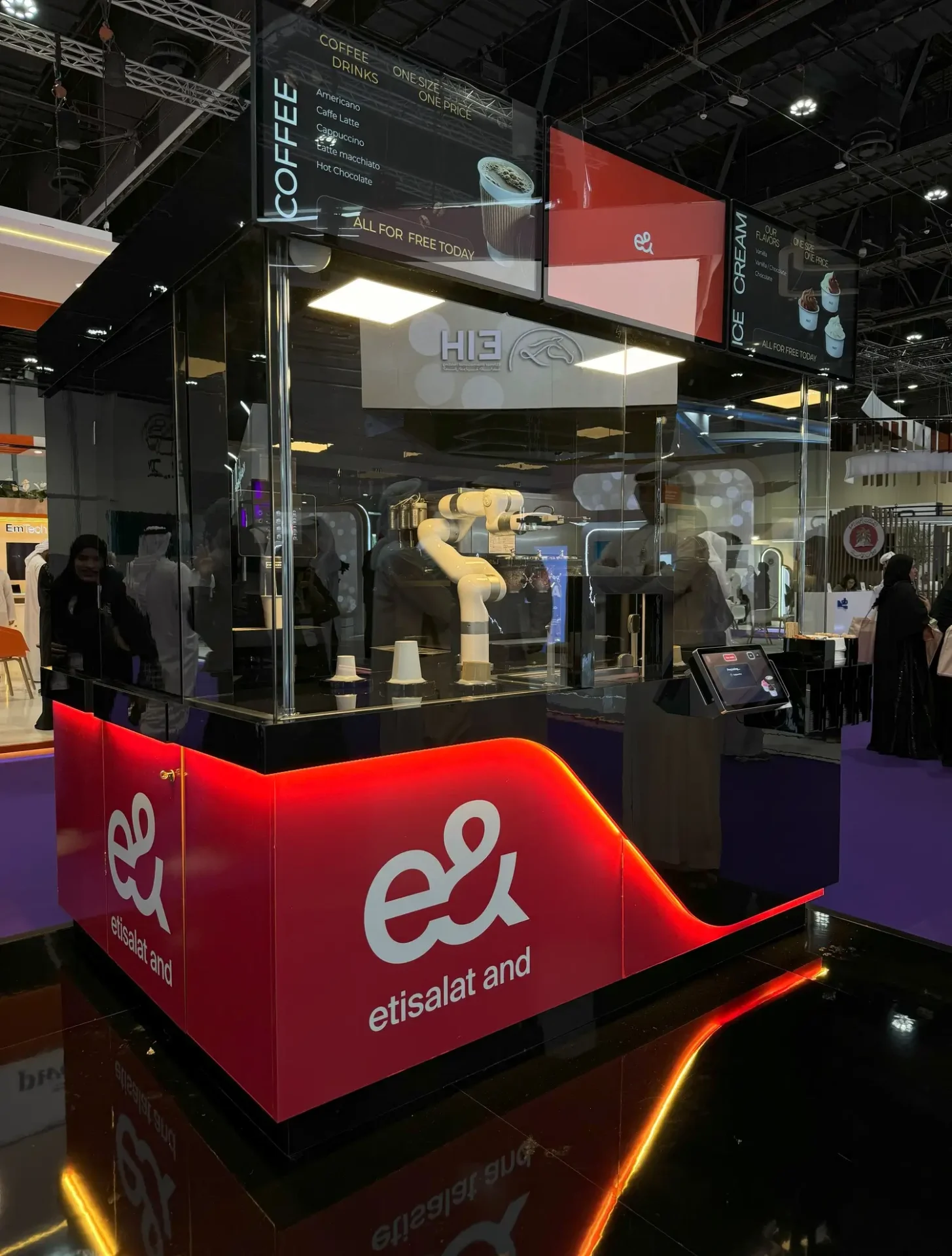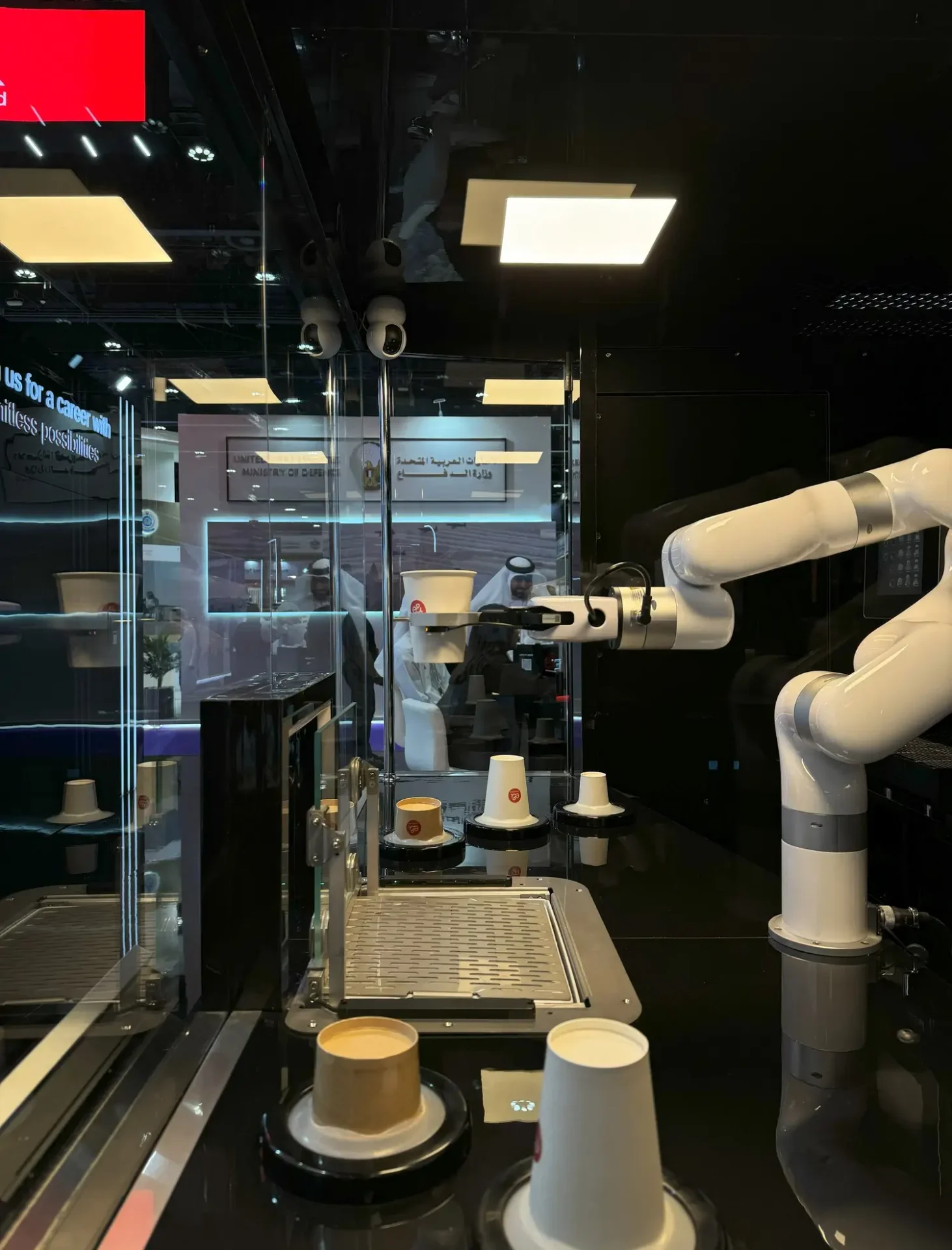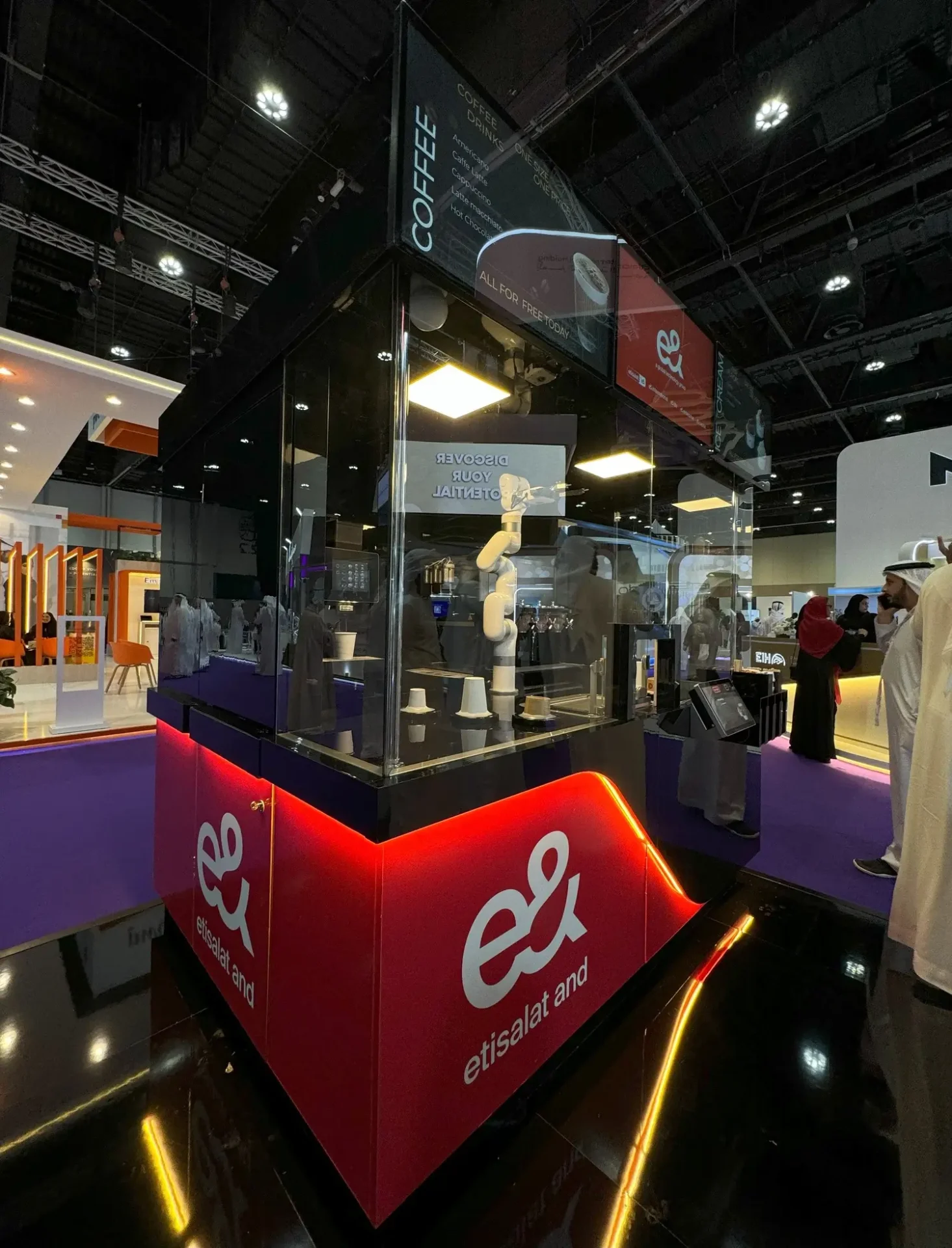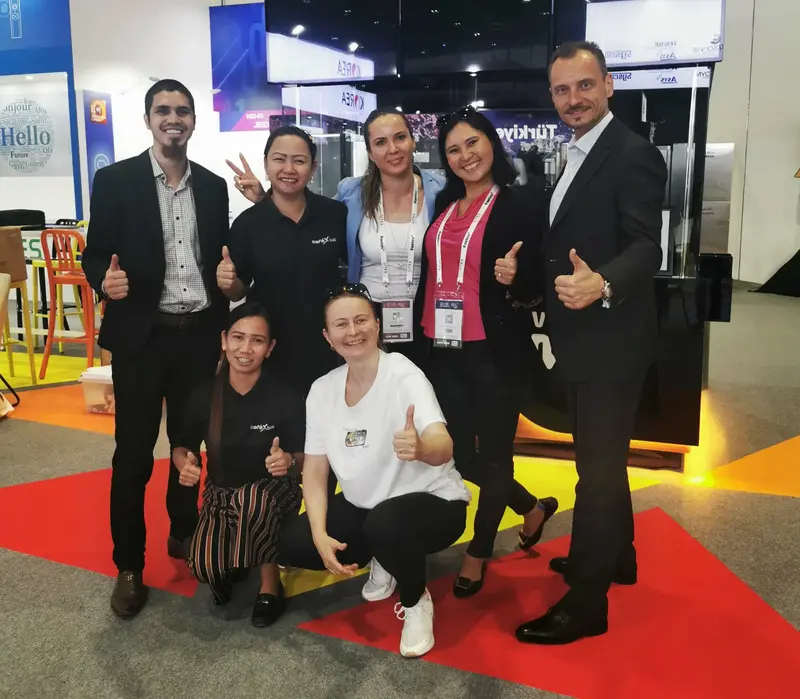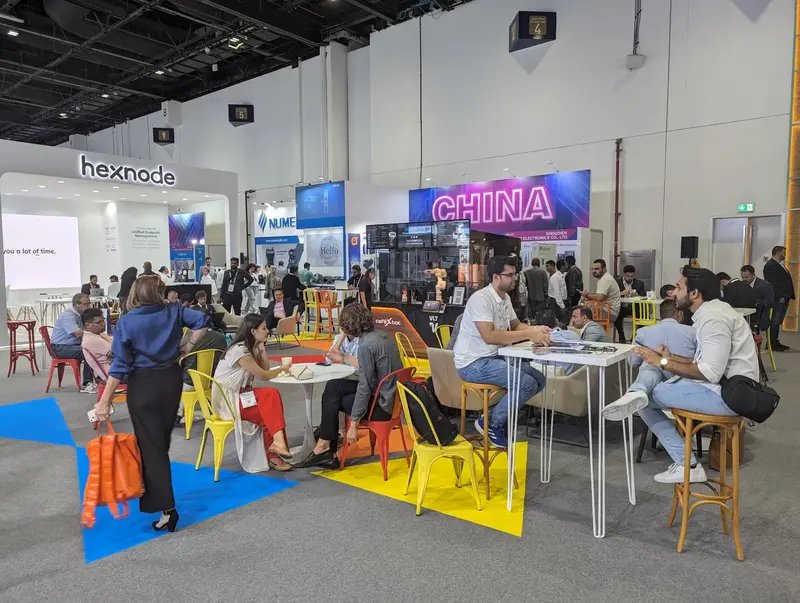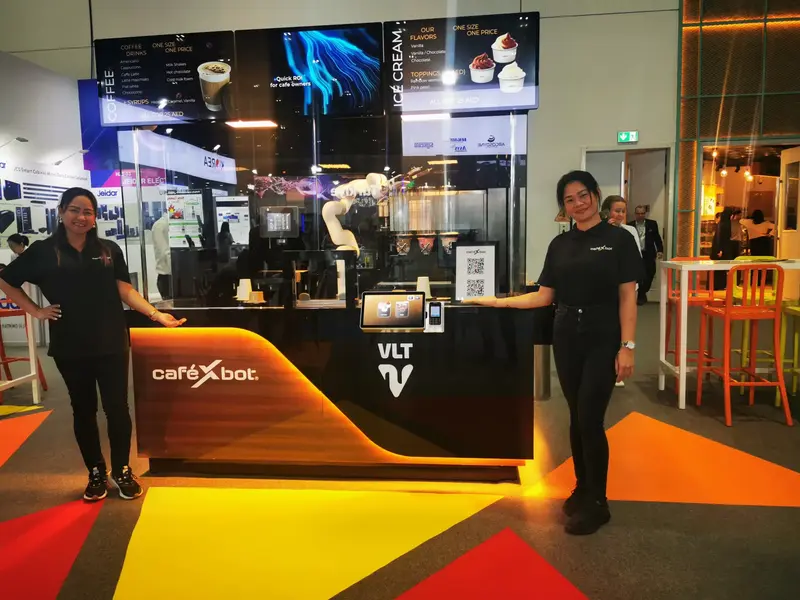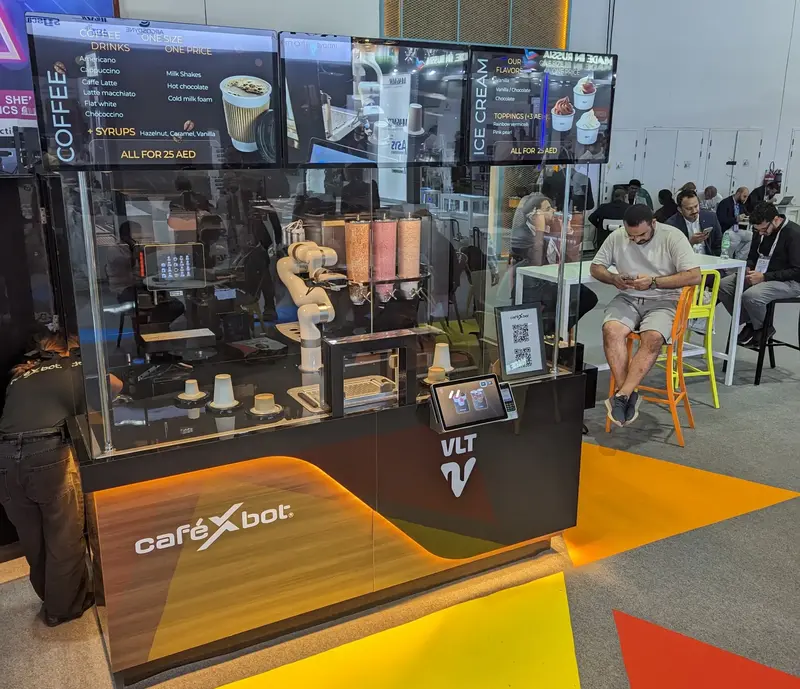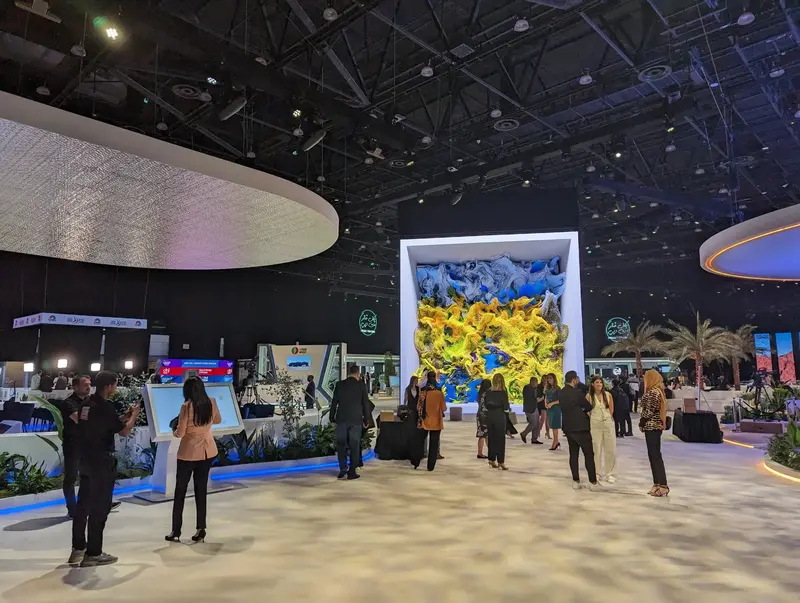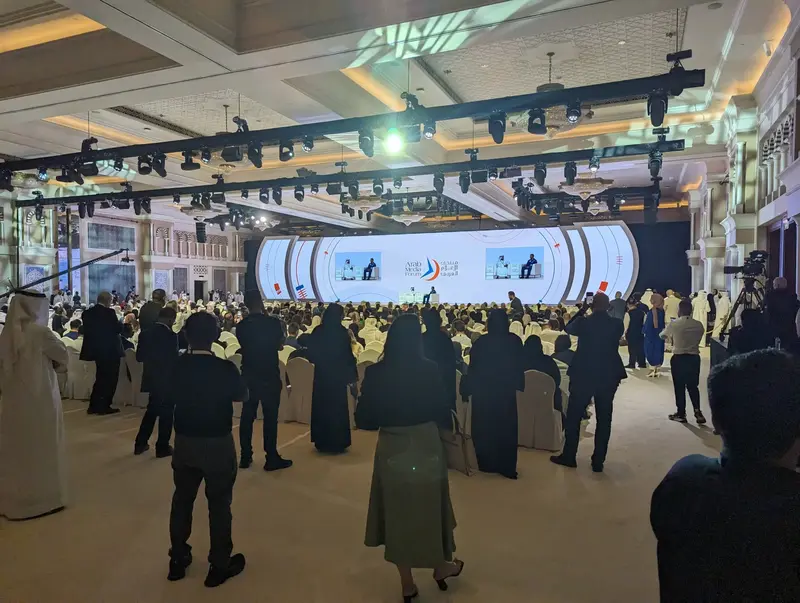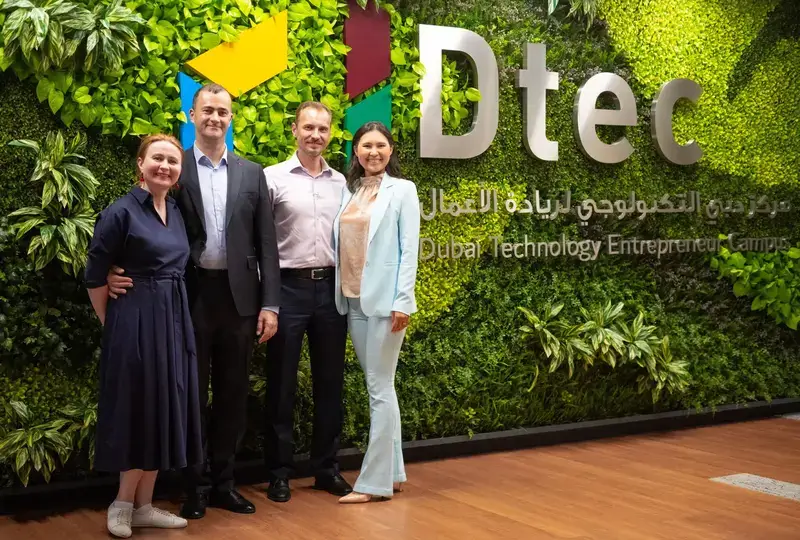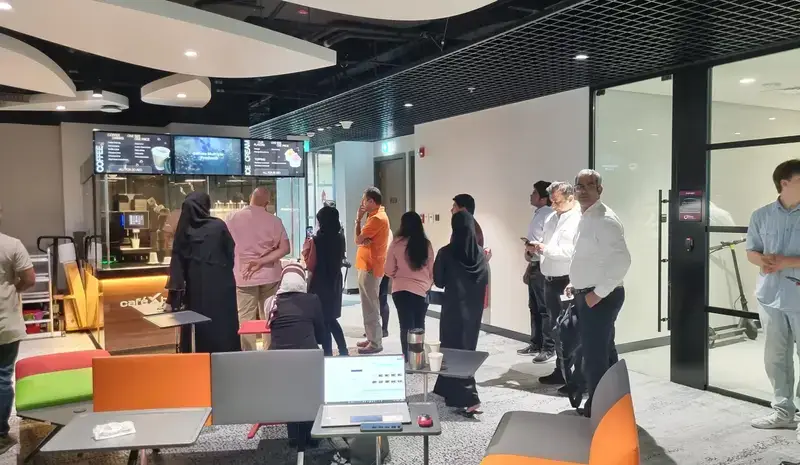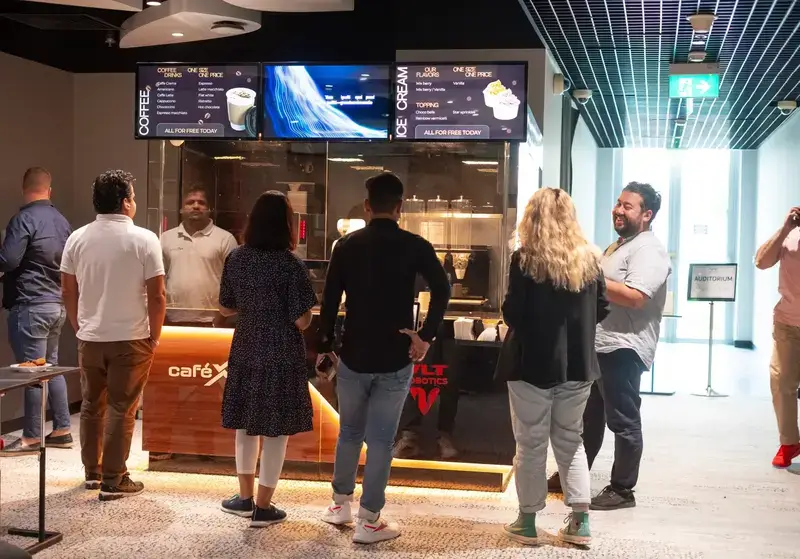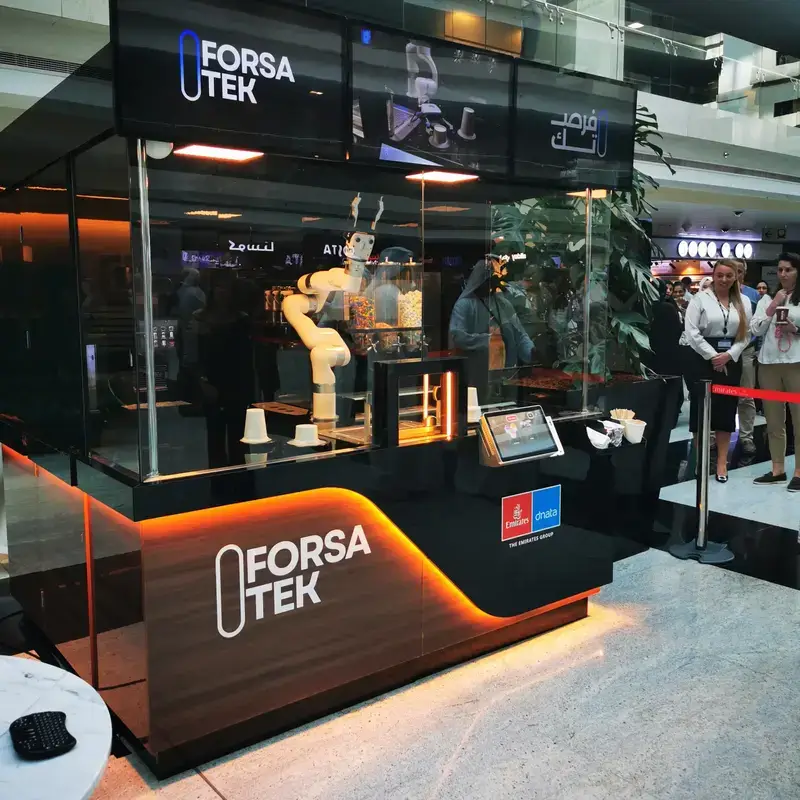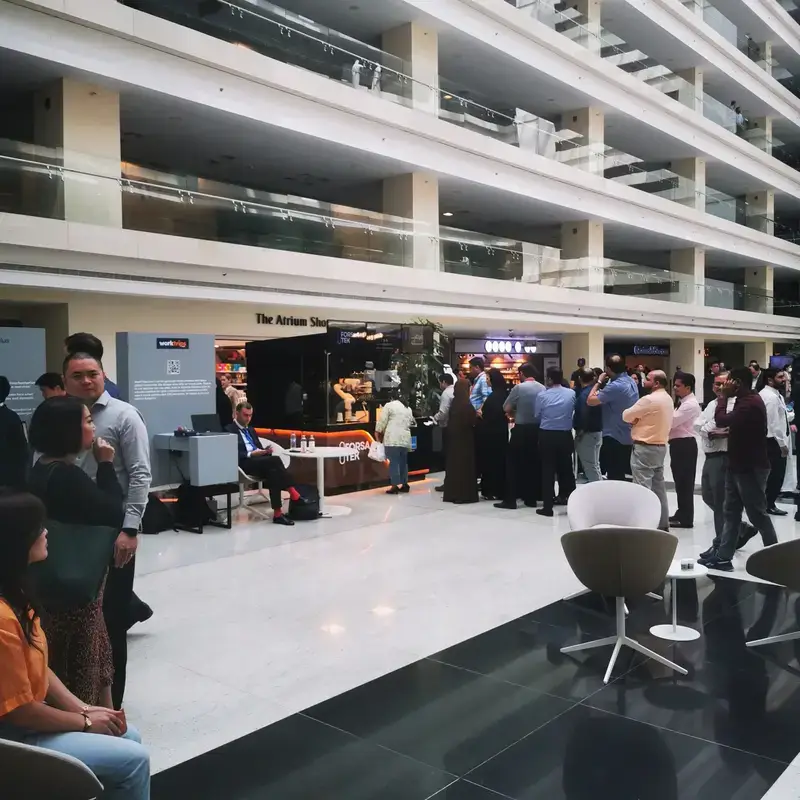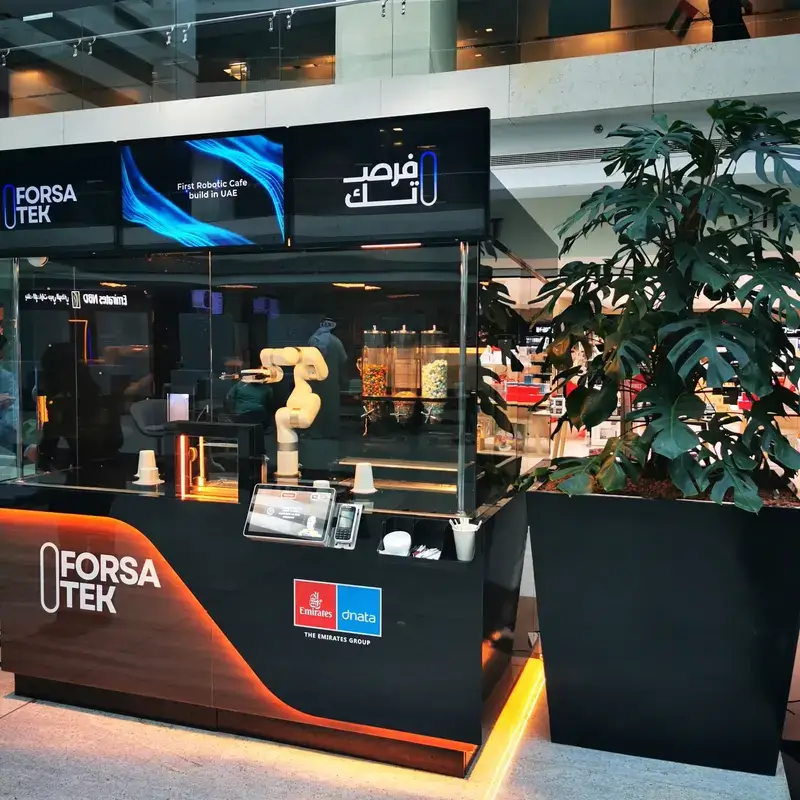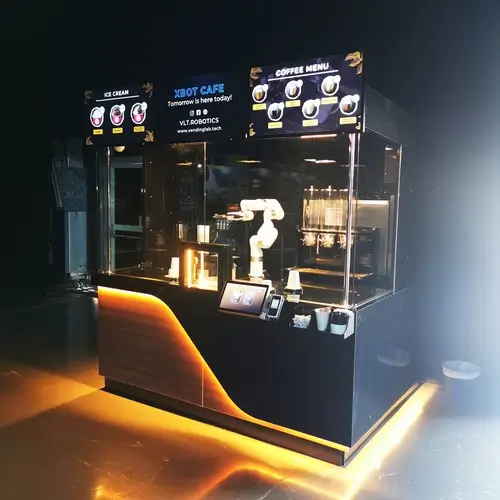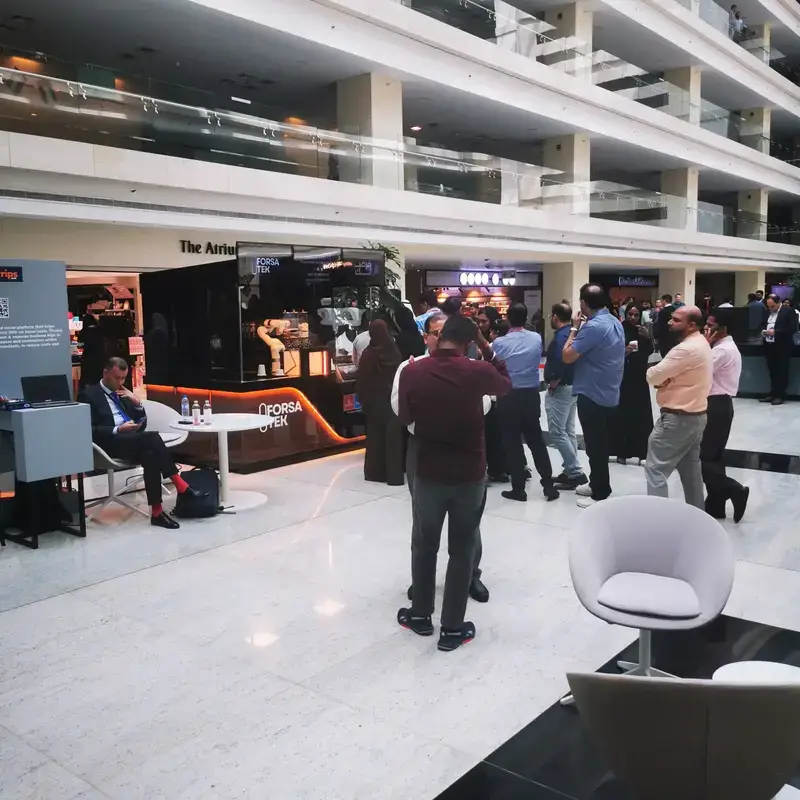
Future Trends in Best Robotic Cafe Market Analysis for 2025
The rapid advancement of technology is transforming industries across the globe, and the Robotic Cafe market is no exception. According to a recent report by MarketsandMarkets, the global market for robotic cafes is projected to reach $1.2 billion by 2025, growing at a compound annual growth rate (CAGR) of 21.7% from 2020. This surge is primarily driven by increasing consumer demand for efficient service and the integration of artificial intelligence in food and beverage service. With strong initiatives by manufacturers, particularly from China, which has established itself as a key player in robotic automation, the industry is poised for substantial growth. As more cafes begin to incorporate robotic solutions, we can expect a significant shift in dining experiences, characterized by enhanced convenience, reduced wait times, and unprecedented operational efficiency. This blog will delve into the future trends shaping the Robotic Cafe market and provide insights into its key players and technological advancements leading up to 2025.

Emerging Technologies Shaping the Robotic Cafe Experience in 2025
The landscape of robotic cafes is rapidly evolving, with emerging technologies reshaping the way customers interact with their favorite beverages. Innovations in artificial intelligence and robotics are at the forefront, allowing for unique experiences that blend efficiency with personalization. For instance, AI-powered robot baristas can now craft a wide array of coffee and cocktail drinks, providing not only speed but also a touch of intrigue. This trend is gaining traction across various locations, from metropolitan cafes to larger retail environments, enhancing customer engagement through technological flair.
As operators seek to refine their service models, robotics is stepping in to optimize both kitchen operations and front-of-house experiences. The integration of robots in dining settings not only improves workflow but also elevates the guest experience, making visits more enjoyable through interactive and efficient service. In places like airports and shopping centers, robotic helpers are transforming mundane tasks into memorable interactions, signaling a shift towards a more automated yet customer-centric approach in the food and beverage industry. As we move further into 2025, the synergistic advancement of robotic technologies will undoubtedly play a pivotal role in shaping the future of the cafe experience.
Consumer Preferences and Behavioral Shifts Impacting Robotic Cafes
The robotic café market is experiencing a transformative phase, significantly influenced by shifting consumer preferences and behaviors. According to a report by Allied Market Research, the global robotic café market is projected to reach $2.5 billion by 2025, driven by technological advancements and the growing demand for automation in food service. Modern consumers are increasingly seeking innovative dining experiences, with a notable 58% expressing excitement about robots serving food and beverages, highlighting a preference for novelty and convenience.
Moreover, the rising focus on hygiene and contactless service has accelerated the adoption of robotic cafés. In a recent survey conducted by Technomic, 72% of respondents indicated that they would choose a restaurant that incorporates robotics for contactless dining over traditional setups. This behavioral shift not only reflects changing consumer attitudes towards sanitation but also underscores a growing acceptance of technology in everyday life. As robotic cafés continue to enhance operational efficiency and cater to evolving consumer expectations, they are poised to become a staple in the food and beverage industry.
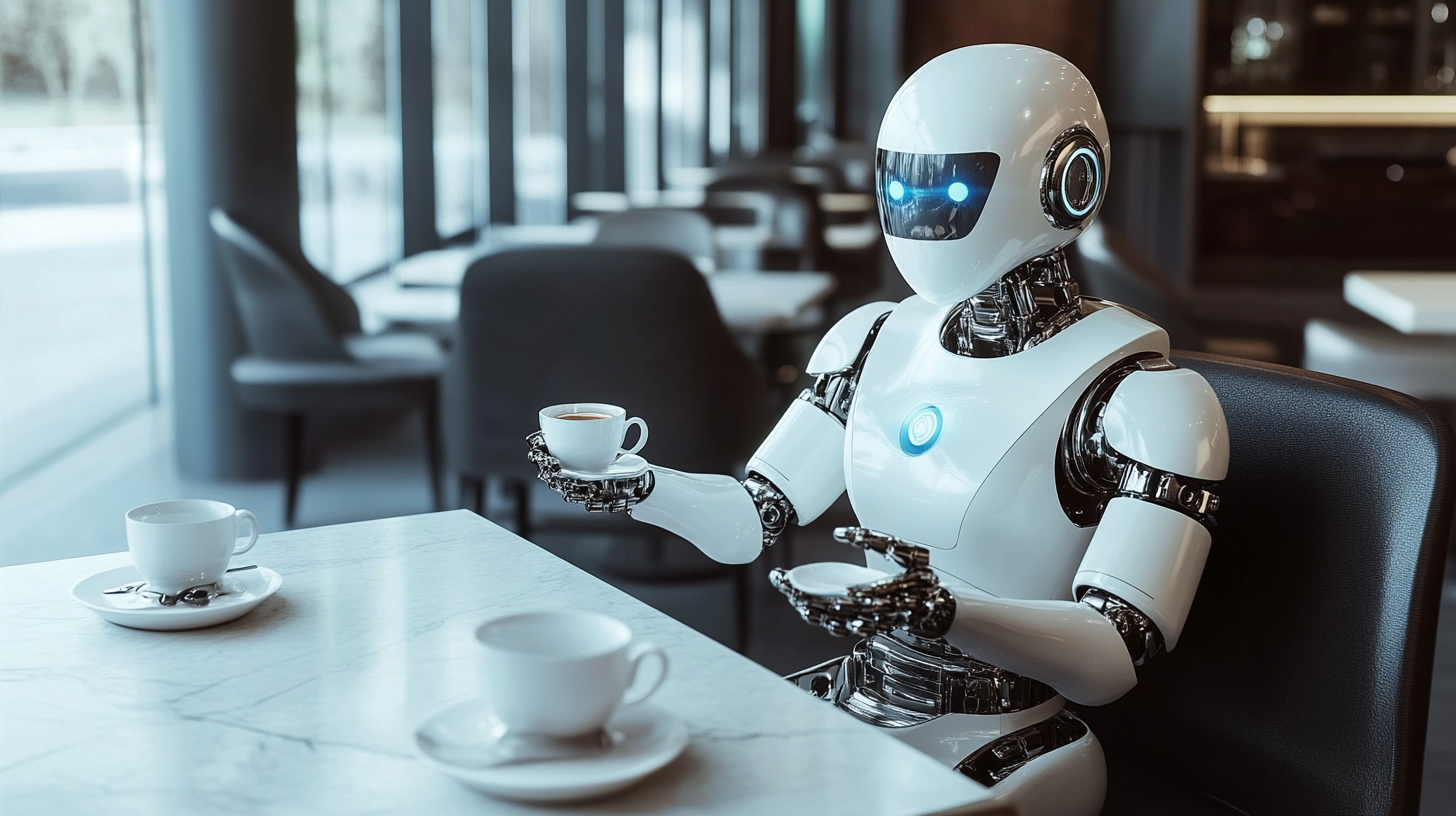
Sustainability Trends Driving Innovation in Robotic Cafe Designs
In the evolving landscape of the best robotic café market, sustainability is becoming a central theme driving innovation in design and operation. As consumers increasingly prioritize environmentally friendly choices, café owners are investing in robotic systems that not only enhance efficiency but also reduce waste. For instance, robotics is being utilized to minimize the use of plastic by implementing reusable packaging solutions and smart inventory management systems that optimize supply usage and minimize excess.
Moreover, the integration of renewable energy sources into robotic cafés marks a significant trend for 2025. Cafés are beginning to harness solar panels and energy-efficient appliances powered by advanced robotics, facilitating a more sustainable operational model. This shift not only appeals to eco-conscious customers but also showcases a commitment to reducing the carbon footprint. With these initiatives, robotic cafés are setting a benchmark for sustainability in the food and beverage industry, paving the way for a future where technology and eco-friendliness coalesce seamlessly.
Future Trends in Best Robotic Cafe Market Analysis for 2025 - Sustainability Trends Driving Innovation in Robotic Cafe Designs
| Dimension | Value |
|---|---|
| Market Size in 2025 (Billion USD) | 5.2 |
| Annual Growth Rate (CAGR %) | 15.8 |
| Robots in Operation (Thousands) | 70 |
| Percentage of Sustainable Materials (%) | 65 |
| Consumer Adoption Rate (%) | 45 |
| Investment in R&D (Million USD) | 400 |
| Percentage of Automations (Drive-Thru, Kiosks) (%) | 80 |
| User Satisfaction Rating (Out of 5) | 4.3 |
| Market Regions Dominated | North America, Europe, Asia |
Market Growth Projections for Robotic Cafes in the Next Five Years
The robotic café market is projected to experience significant growth over the next five years, driven by technological advancements in AI and automation. According to recent surveys, the global shipment of collaborative robots, which include those used in the food and beverage industry, is expected to reach
680,000 units by 2033. This surge highlights the increasing integration of robots into daily operations, enhancing efficiency and speed, particularly in services like coffee brewing where machines can create a cup in as little as 48 seconds.
With an estimated compound annual growth rate of 20.4%, the robotic café market is set to rise from $0.8 million in 2022 to $3.5 million by 2030. The trend of combining AI-driven robotics with consumer services reflects a broader shift in how we perceive dining experiences. Cities worldwide are beginning to embrace this concept, blending technology with culinary arts, promoting a seamless fusion of online and offline interactions. As innovation propels robotic solutions into cafés, we can expect not only quicker service but also a transformation in consumer experiences, paving the way for a future where human-robot collaboration becomes commonplace.
Challenges and Opportunities in the Robotic Cafe Industry by 2025
The robotic café industry is poised for significant growth by 2025, but it faces an array of challenges and opportunities that stakeholders need to navigate. According to a recent report by MarketsandMarkets, the global robotic café market is projected to reach $12 billion by 2025, reflecting a compound annual growth rate (CAGR) of over 20%. This rapid expansion highlights the potential for innovation and efficiency in service delivery, yet it also underscores the importance of overcoming technical and regulatory hurdles that could impede progress.
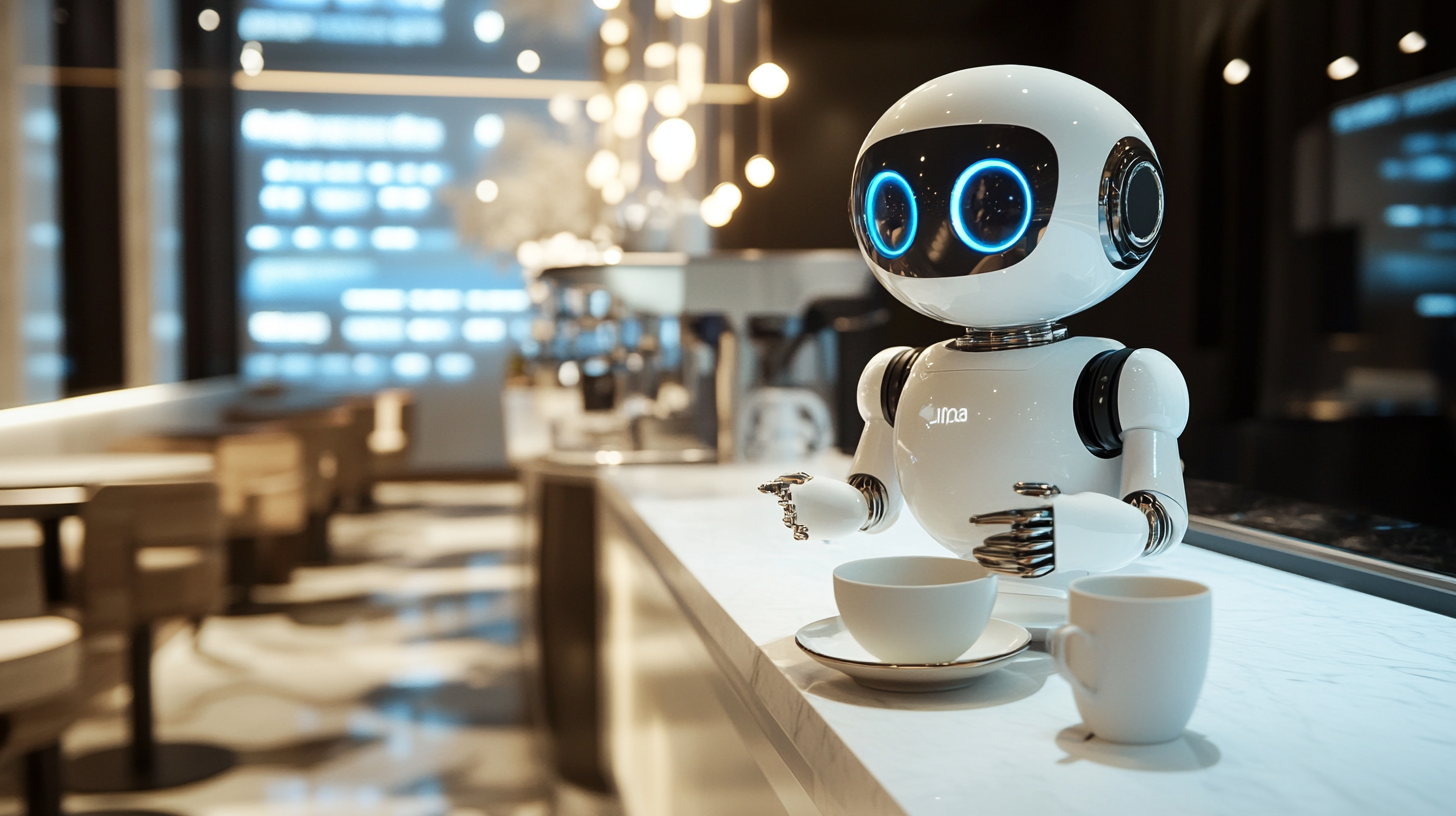
One major challenge in the robotic café sector is the integration of advanced technologies, including AI and machine learning, into user-friendly systems. Businesses must ensure their robotic systems can adapt to customer preferences while delivering high-quality service. On the flip side, there is a significant opportunity to enhance customer engagement through personalized experiences that leverage data analytics. As noted in a report by Grand View Research, the advent of automation in the food and beverage industry can streamline operations and reduce labor costs, making way for more creative and diverse café concepts.
Tips: To effectively compete in this evolving marketplace, café owners should invest in training their staff on the operation of robotic systems while also focusing on customer experience. Emphasizing sustainability in sourcing ingredients and packaging can also resonate well with a tech-savvy consumer base. Keeping an eye on regulatory developments will be crucial as authorities adapt their frameworks to accommodate this emerging trend.













